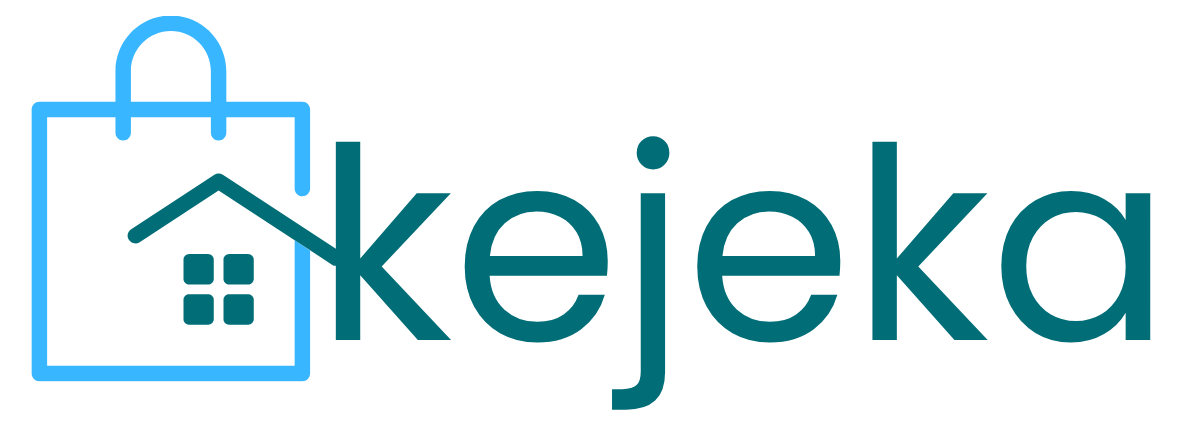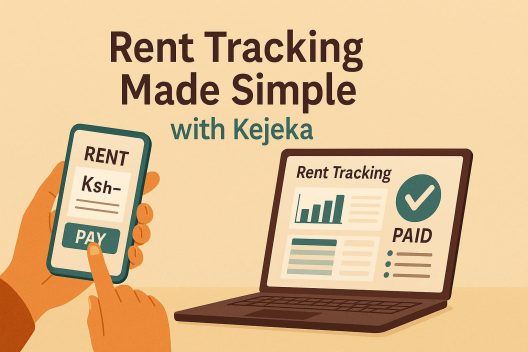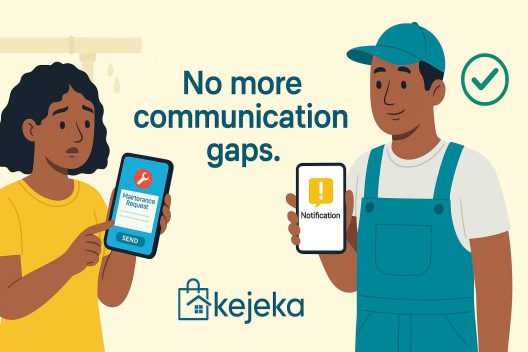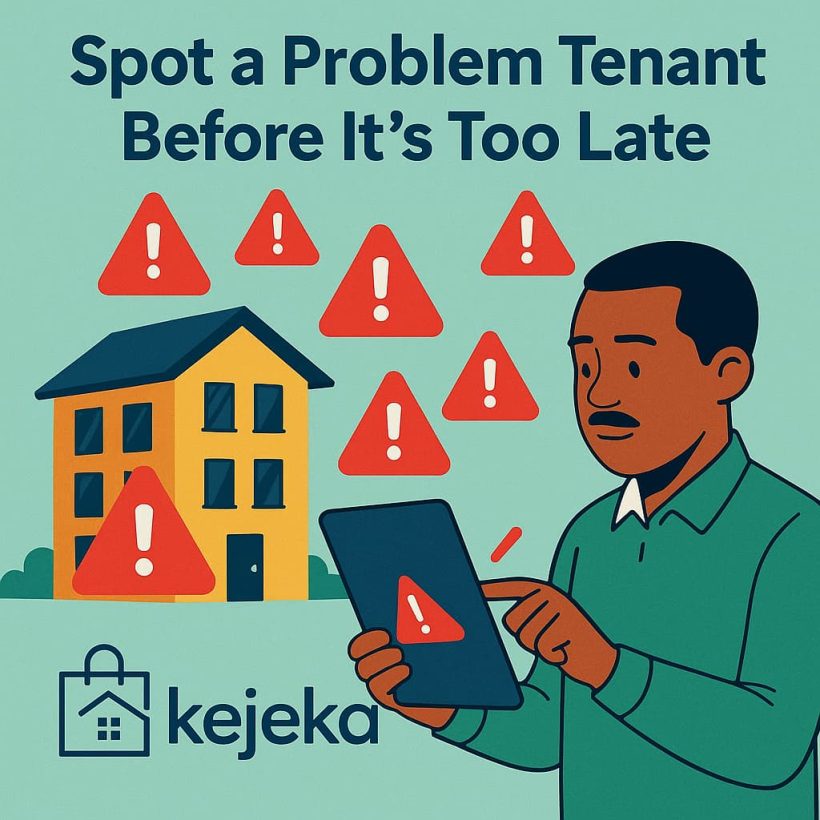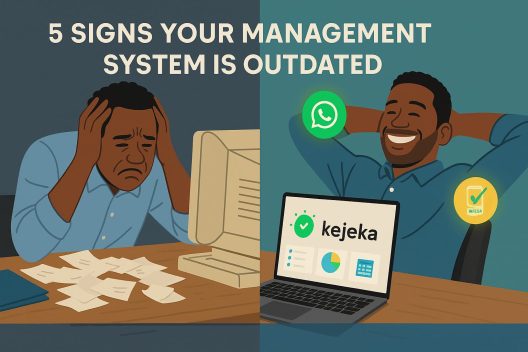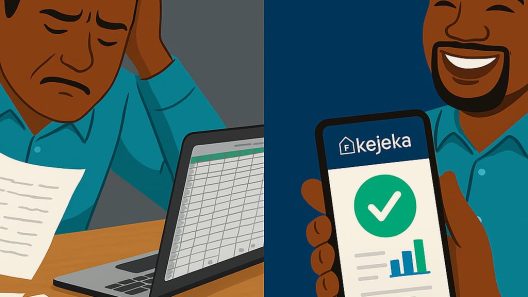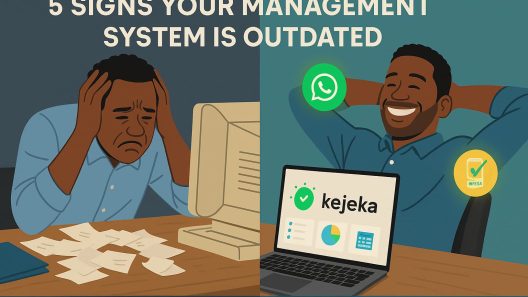Being a landlord can be rewarding, but it also comes with risks. One of the biggest is ending up with a problem tenant – someone who consistently pays late, damages your property, causes conflicts, or even engages in fraudulent activities. The cost of such tenants can be overwhelming: months of unpaid rent, costly repairs, legal disputes, and sleepless nights.
The good news? You don’t have to wait until the damage is done. With the right knowledge and tools, landlords can spot a problem tenant early and take preventive action. Here’s how.
1. Payment Patterns Don’t Lie
The first and most obvious warning sign of a problem tenant is irregular rent payment. Landlords often give tenants the benefit of the doubt for “just one late month,” but patterns develop quickly.
Example: A tenant who pays on the 15th instead of the 1st might not seem like a big deal – until it becomes every month. Over time, arrears pile up, leaving the landlord struggling with cash flow.
Landlord Tip: Use digital rent tracking tools. With platforms like Kejeka, you don’t just see whether rent has been paid – you see trends, reminders, and automated receipts. This helps you step in early before small delays become major losses.
2. Missing or Vague Information During Screening
A trustworthy tenant should have no problem sharing references, employment history, or identification. A problem tenant, on the other hand, may avoid giving details or provide vague answers.
Example: Imagine rushing to fill a vacant house. The caretaker assures you the tenant “is good,” but you never checked references. Three months later, you’re chasing unpaid rent, only to discover the tenant has a track record of evictions elsewhere.
Landlord Tip: Always verify. Call previous landlords, confirm employment, and check IDs. Rushing to avoid vacancies may cost more in the long run.
3. Complaints From Neighbors Are Early Warnings
Another red flag is a tenant who constantly clashes with neighbors or creates disturbances. Sometimes, this starts small: loud music, late-night visitors, or minor disagreements. But if left unchecked, it escalates.
Example: A tenant who parties every weekend might scare off good tenants living nearby, causing higher turnover. Even worse, multiple complaints may lead to legal issues with local authorities.
Landlord Tip: Encourage feedback from neighbors. Some landlords provide an anonymous feedback channel, so neighbors feel safe reporting issues without confrontation.
4. Property Neglect and Unauthorized Changes
How a tenant treats your property tells you everything about what the future holds. A responsible tenant reports maintenance issues early and respects the space. A problem tenant, however, neglects repairs or makes unauthorized modifications.
Example: You inspect the unit and find broken taps, stained walls, or even illegal subletting. By the time you find out, the damage is extensive and expensive.
Landlord Tip: Schedule regular inspections, even if brief. Better yet, use systems where tenants can submit photos of the property as part of maintenance reporting.
5. The Caretaker Blind Spot: Hidden Costs
Many landlords rely on caretakers for updates – but this dependence can backfire. A dishonest caretaker may report a house as “vacant” while it’s occupied, collecting rent directly and pocketing it. Others may downplay tenant issues to avoid conflict.
Example (Real Case): A landlord in Nairobi discovered that two units had been reported as vacant for months. In reality, tenants were living there and paying the caretaker directly. By the time the fraud came to light, she had lost over KSH 200,000.
Landlord Tip: Trust, but verify. Digital property management tools like Kejeka give landlords real-time updates on occupancy and payments – bypassing the caretaker as the single source of truth.
How Technology Helps Spot Problem Tenants
Traditional methods rely on paperwork, manual updates, and caretaker reports. But these leave room for errors and fraud. Digital platforms like Kejeka make property management transparent:
- Real-Time Rent Tracking – Payments are logged instantly, showing who has paid, how much, and when.
- Vacancy Updates – Know the true status of each unit without depending on word-of-mouth.
- Fraud Prevention – Stop caretakers from hiding rent collections.
- Digital Receipts – Tenants receive M-Pesa receipts, eliminating excuses about “I paid but it wasn’t recorded.”
- Peace of Mind – Landlords manage multiple properties without being physically present.
Case Study: Two Landlords, Two Outcomes
- Landlord A: Relied solely on a caretaker. Tenants were reported as “vacant,” but the caretaker collected rent secretly. Losses: KSH 150,000 over six months.
- Landlord B: Used Kejeka. When a tenant delayed rent, the system flagged it immediately. The landlord followed up, avoiding arrears. Net savings: stress-free management and full rent collection.
This contrast shows why spotting a problem tenant is not just about instinct – it’s about systems that ensure transparency.
Final Thoughts
A problem tenant can cost you more than just missed rent. They drain your time, damage your property, and create unnecessary conflicts. But with careful screening, proactive management, and tools like Kejeka, landlords can protect their investments and gain peace of mind.
Being a landlord shouldn’t mean sleepless nights and constant chasing. It should mean secure investments and steady returns – and that starts with spotting a problem tenant before it’s too late.
